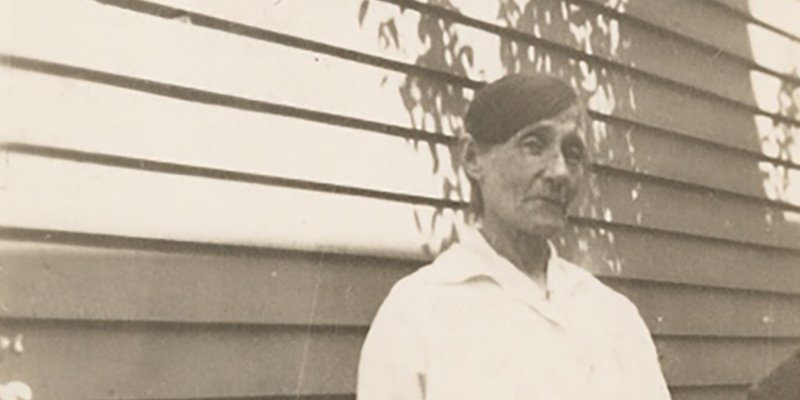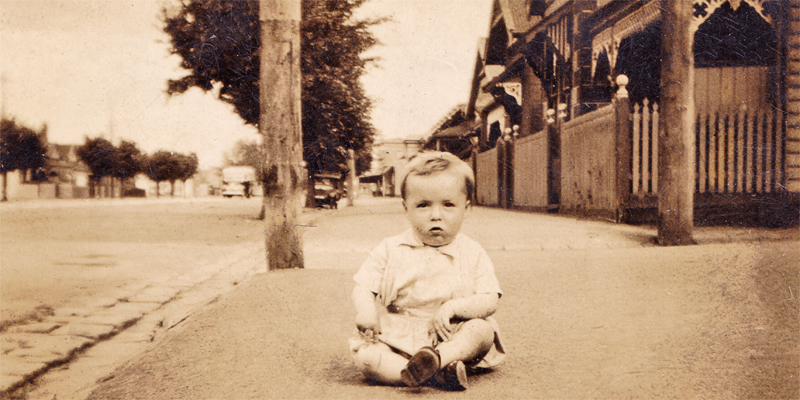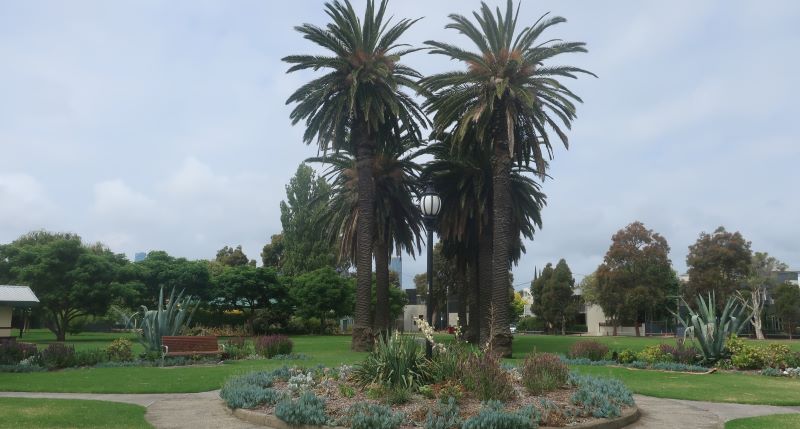Beacon gets a coat of paint
The off shore beacon is being painted.
The beacons are a much loved and defining feature of Port Melbourne. Wide Beacon Vista with its generous front setbacks reflects the historic need to maintain a line of sight and clearance between the beacons. Until Princes Pier was refurbished, the off shore beacon was probably the most photographed structure in Port Melbourne.
The more evocative proper name is ‘The Leading Lights’, which is how they are listed in the Victorian Heritage Register. Constructed by the Melbourne Harbor Trust in 1924 to a Trinity House design, the beacons define the centre line of the Port Melbourne Channel. The light was visible for 14 nautical miles. Until superseded by more recent technology, the beacons guided vessels safely to the piers. Originally the in-water beacon was connected to the shore with a narrow footbridge – the remnants of which can be seen in the photograph below.
Prior to the development of the area now known as Beacon Cove, Port residents fought hard for the protection for Port Melbourne’s heritage structures. Dianne Reilly Drury prepared a submission to The Historic Buildings Council in support of heritage listing for the beacons. The Leading Lights were finally recommended for inclusion on the Victorian Heritage Register in 1993.![]() The beacons were protected. They became a central organising principle of the estate by Mirvac that was developed by Mirvac between 1996 and 2006. Centenary Bridge and the Missions to Seamen did not achieve heritage recognition and were demolished to make way for the development of the Beacon Cove estate.
The beacons were protected. They became a central organising principle of the estate by Mirvac that was developed by Mirvac between 1996 and 2006. Centenary Bridge and the Missions to Seamen did not achieve heritage recognition and were demolished to make way for the development of the Beacon Cove estate.
Sources and further information
Victorian Heritage Register




